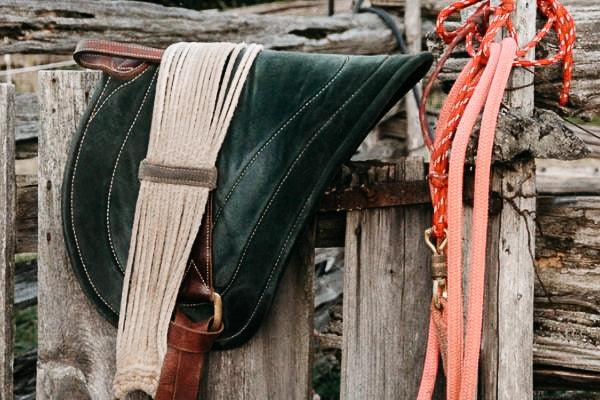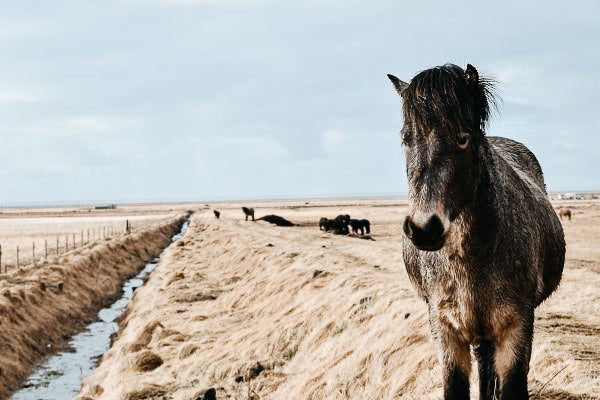
Riding therapy – help with special power
Since around 450 BC. BC In the years of the well-known Hippocrates, we knew about the beneficial value of the horse's movements on human health. The profound, healing effect takes place due to the vibration impulses emanating from the horse's body. This was already recognized at this time and applied in practice. To this day, horses are used for therapeutic riding, curative riding and as helpful animal-assisted therapy for people with handicap or psychological problems.

Not every riding stable offers these options, but there has been a noticeable increase in these great offers in recent years. Positive results speak for themselves. Here you will find interesting information on the topic:
Medically valuable - hippotherapy
This form of therapy is worth its weight in gold. If people cannot move in their natural way due to a disability or a serious physical illness (doctors prescribe this physiotherapy, neurophysiological treatment), the vibrations of the horses will take them back into a striding (forward-tending) form of movement. The animal acts as a “living training device” to provide the necessary treatment.
This is of course done with the help of a knowledgeable, specially trained physiotherapist. This profession requires special riding therapy training because not only the person but also the horse must be coordinated expertly.
Remedial riding - a rock in the surf
In the field of riding education and curative education, the horse takes on the role of “educational assistant” or “development assistant”. So this isn't just about learning to ride. Children and young people with behavioral problems or, in the worst case, behavioral disorders, find a connection to an animal much more easily than perhaps to other people. The horse helps them to open up, solve problems and be able to master their everyday lives with strength again. The cuddly four-legged friend is quickly accepted as a partner, a link and reflects a positive demeanor as well as mistakes. Because: Horses are always honest!
This animal-assisted therapy helps people to confront their environment again. You could say it strengthens you from within. Therapeutic riding has a positive effect on the psyche of those affected. The educational supervisor needs a lot of sensitivity and sound training in equestrian sports and social interaction with people. Remedy riding simply requires a very extensive knowledge. Despite this and precisely because of this, horse therapy that makes sense.

Therapy horses - animals with hearts and minds
Therapeutic riding, riding education or whatever animal-assisted therapy - the animal (in this case the horse) takes on the most important part. His presence alone is valuable. The great appearance, its soft feel, the gentle touch on the nose and the priceless character are its further plus.
The therapist must be able to rely on his “work colleague”. Therapeutic riding is also strenuous for the horse. Tolerance is a key word. This means that the animal must remain calm when, for example, a patient is placed on its back by crane. Horse therapy therefore requires particularly calm, well-behaved, gentle and easy-to-sit horses. So there are definitely a few requirements that a future therapy horse must meet:
- Joy of contact
- People-centeredness
- an open being
- calm and not very jumpy
- Well-balanced, soft-to-sit and harmonious gears
- a handful of curiosity (these animals approach the matter with motivation and learn more easily)
- good social behavior towards its peers (it should have developed through careful breeding anyway)
Therapy and horses simply belong together. Ultimately, it's not about achieving great success straight away. Rather, in the whole thing, the journey is the goal. A difficult road for those affected, but thanks to the horse and the great care, it is no longer so rocky.

Conclusion:
The fact is: therapeutic riding is so much more than just riding. It does things in the human body that go far beyond the physical. Maybe you like this work? No matter whether hippotherapy or other horse therapy - you can do a lot of good as a therapist. And working in the riding stables as well as the therapy on horseback also gives the person doing it a wonderfully fulfilling feeling.
_________________________________________________________________________________________________________________________________________________
The following is a guest article from Reittherapie Fischbach:
Encounter – move – touch
These are the three keywords that immediately come to mind for my job in equestrian therapy.
Therapeutic riding - a form of therapy with animals - is now fortunately relatively well known
and the positive effects of horses on the psyche and body are no longer common practice.
Meeting horses - this encounter is always something special: large creatures that focus their eyes on you, approach you in a friendly and curious manner, their ears pricked up, a gentle "hello" with their nostrils - the warm air, the soft nose . Horses treat everyone neutrally and friendly - regardless of whether they are in a wheelchair or have a mental disability. They don’t judge – they accept. And everyone as they are. This strengthens you - inside and out: your self-esteem, your own presence and your confidence in your appearance can grow from this.
Move horses – and that is used. The three-dimensional movement of the step has a positive effect on tone regulation and muscle tension, and balance is also trained. Whether spasticity or hemiplegia – the whole body benefits from it. And not just moving horses on the horse, working together on the ground also increases body awareness and promotes your own movement options.
Touch – and I’m not necessarily just talking about touching. Stroking, running your fingers through your mane, scratching - these are all tactile experiences that convey positive, mindful and beautiful moments. But horses also touch you – in your heart. Anyone who has anything to do with horses will have experienced a moment like this. That's why everyone is welcome in our riding therapy, regardless of whether they have psychological or physical suffering.
The horses are our main therapists, our loyal employees who do their job tirelessly every day and - in my opinion - do it with pleasure. We keep our horses in a herd and try to give them as species-appropriate a life as possible. There is correctional riding and a variety of work (lunge, double lunge, ground work, free work) to keep the five of them vital and fit. We don't see our five Haflingers as therapy devices, but as the best colleagues in the world. And now we can give them a few moments of well-being ourselves - with the great brushes from Animalon. Thank you!
Many thanks to Eva Leykauf from the Riding Therapy Fischbach for this wonderful guest article on the topic of riding therapy.
Discover more posts

A saddler would probably throw his arms above his head if you asked him about a good riding pad. No protection for the horse's back, no support for the rider, how can a harmonious coexistence ...
Continue reading
Icelanders - the delicate dancers
It's hard to imagine today's equestrian sport without them - the handy little ones with the enchantingly fluffy mane and incomparable robustness. In this country they are affectionately called...
Continue reading
